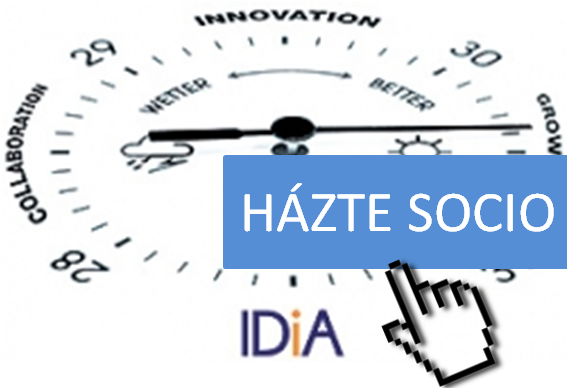The semantic web brings together a set of technologies designed to facilitate the assignment of meaning to the data published on the internet by all types of computer applications. It is based on adding labels, semantic and ontological metadata to published information that can significantly improve the attractiveness of the information displayed on your website, expanding the interoperability between computer systems. The interaction of the user with the network enters a new dimension and, for many experts, constitutes the leap to web 3.0.
Semantic web technologies bring together various protocols and schemes, forcing us to choose carefully when applying them to a specific web, as in the following cases:
- A standard electronic commerce that wants to implement these technologies should at least apply the schema.org specifications published by the big search engines
- If the presence of the brand is strong on Facebook or its customers tend to share images or comments on the network, then it is convenient to study the application of its specific format, OGP (Open Graph Protocol)
- Twitter created for its users the specifications of Twitter Cards
- Companies that incorporate semantic labeling can thus obtain significant differential advantages, still unknown by some of their competitors, due to the limited amount of information on the subject outside the specialized fields.



